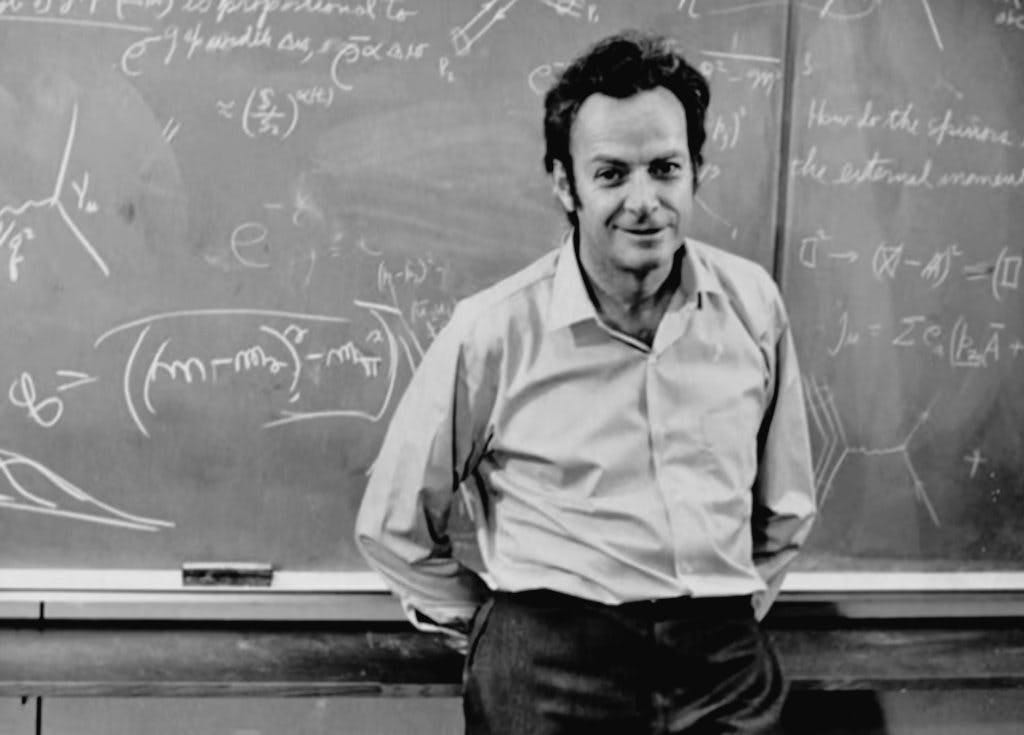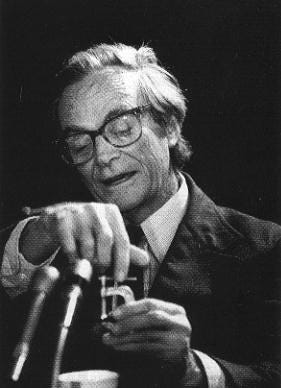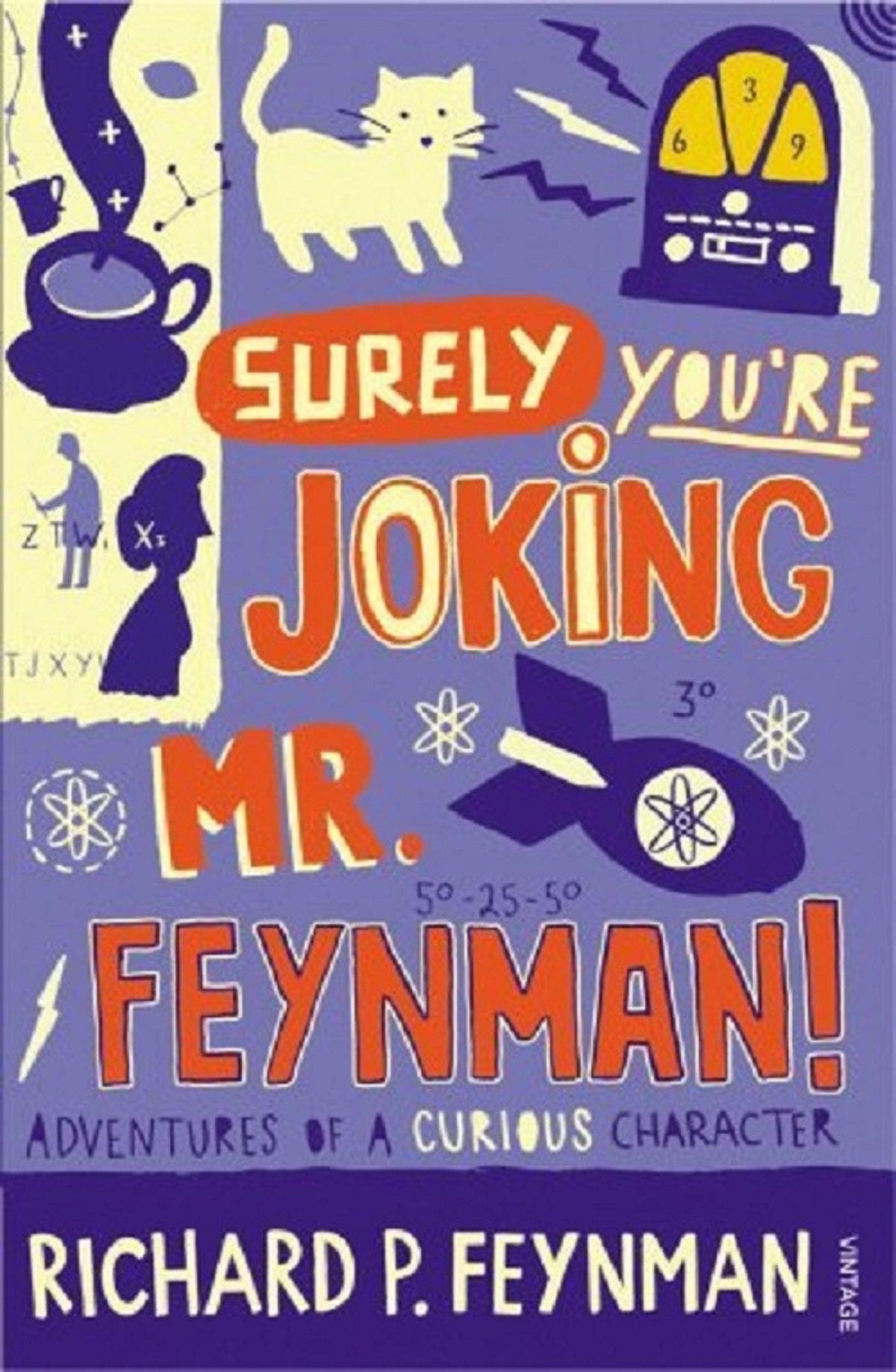The commission members listened with bated breath. The celebrated scientist who was speaking had the reputation of being at his dangeorous best when he spoke slowly.
‘Before the event, from the information that was available..it was agreed everywhere that this seal would become unsatisfactory at a certain temperature…and there was some sort of temperature at which this shouldn’t be run’
As he spoke, he took out the seal from an O-shaped ring, put it in a glass of water, pressed it, and held it up for everyone to see. ‘I took this stuff that I got out of your seal and put it in ice cold water and then I discovered that when you put some pressure on it and then undo it, it does not stretch back ..”
‘In other words, for a few seconds at least or more…there is no resilience in this particular material at a temperature of 32 deg. I believe that this has some significance in our problem’
Richard Feynman was exactly being himself. He was speaking on the live televised debate of the Rogers Commission, set up to investigate the Space Shuttle Challenger explosion, 73 seconds after it took off on Jan 28th, 1986 from Cape Canaveral, Florida. All the 7 astronauts which included Sharon Christa McAuliffe, an American teacher, were killed. In one simple act, he showed the world how the poor resilience of seal in the O-rings of the booster rocket, ignored by NASA officials despite many warnings, caused the shuttle to explode.
Richard Feynman excelled at what many great scientists failed. He simplified complex problems and looked for the most elementary solution that was possible.
When he was 12 years of age, he learnt to repair old radios on his own. People would just call him to try their luck with their radios. One man had a peculiar problem. When he turned his radio on, it would roar and wobble with tremendous noise. And then quietened after a while and played normal. Young Feynman was intrigued and started walking up and down the house. ‘Are you going to repair my radio or just walk up and down my house’ asked the man, slightly irritated. But Feynman was thinking - ‘The reason the loud sound was coming up front was because the tubes were getting heated up in the reverse order. The amplifier heated up early- the tubes did not. Nothing to feed in to the amplifier - so the loud noise.’ He simply reversed the tubes inside and turned the radio on again. This time it played quiet and perfect.
The man was stunned and in complete awe.
‘He fixes radios by thinking’ spread like a wildfire after that incident.
A few years later Feynman was at Princeton. His professor John Wheeler asked him to deliver his first seminar. It was on a new classical theory of quantum electrodynamics that Feynman and his professor had worked upon. Just one day before the lecture, the assistant organising the seminar told Feynman: ‘I think the work you’re doing is very interesting. So I have invited Henry Norris Russell - famous astronomer, Prof. Von Newmann - the great mathematician, Prof Wolfgang Pauli - the famous physicist and Professor Einstein- who only comes rarely to our department, but your work is so interesting, I’ve invited him specially’. Feynman went yellow. He was to give his first technical lecture before the legends of science.
The physics and his idea took over so much after the first few minutes of unease that he finished his lecture in a breeze. Pauli and Einstein challenged him with questions that helped Feynman develop the theory with further experimental evidence. The experience gave him the belief that he belonged amidst the best. It formed the basis for the work that won him the Nobel Prize in 1965 - for building the clear working connections between the classical 19th century electromagnetic field theory and the 20th century quantum mechanics.
Feynman truly believed that if you could not explain something simply then you didn’t understand it. He made a habit of showing off his simplicity.
In the 1950’s people were trying to figure out how super fluid helium worked. A Russian mathematical physicist put out a complicated theory full of integrals and formulaes that no one understood. Feynman decided to figure it out. He first tried to visualise how the quantum wave function of all these Helium molecules would look like. He had two simple visuals - when the molecules were close to each other, he visualized the wave function would be at 0. And at the lowest energy state, the wave function would be perfectly smooth.
With these two boundary conditions in his mind, a piece of paper and pencil, he then wrote down the simplest wave function that even a smart high school science student would understand. It was a super powerful technique that revolutionized the way physics was taught and studied.
It was the technique of Feynman diagrams. Very simply put, Feynman diagrams, for the first time, showed what happens when elementary particles collide.
Richard Feynman was a man of many parts - great scientist, philosopher, drum player, brash and irreverent. But above all he is the greatest scientist storyteller of our times.
Because it takes one kind of genius to be a great scientist. And a completely different level of genius to simplify and make ordinary people visualise and understand the story behind the science.
Richard Feynman did both.
Story Notes
I’d wanted to publish this on May 11th - Feynman’s 103rd birth anniversary. I missed that deadline that I set for myself only because I was just sucked up into reading every single book on Feynman this week.
So what I’ve written here is just a fraction of those hundreds of Feynman stories I’ve been bingeing on. Feynman will come back in many more stories again,
Pick up Surely, You’re Joking Mr. Feynman, first. And then also Richard Feynman: What do you care what other peeople think?. Both, terrific reads. There is a tome of information on the great man’s life, times and talks - especially his physics lectures on youtube and ted talks. He left the world a whole lot intellectually richer than anyone else.
And, this is that clip of him addressing the live debate of Space Shuttle Challenger Disaster.










Words that stuck with me: simplify, storyteller. Words that disturb me: brash and irreverent. Is this set of words representative of genius? I am not indicating humility (it's a fake concept according to me) in any way. But is there a genius who toes the middle path somehow?